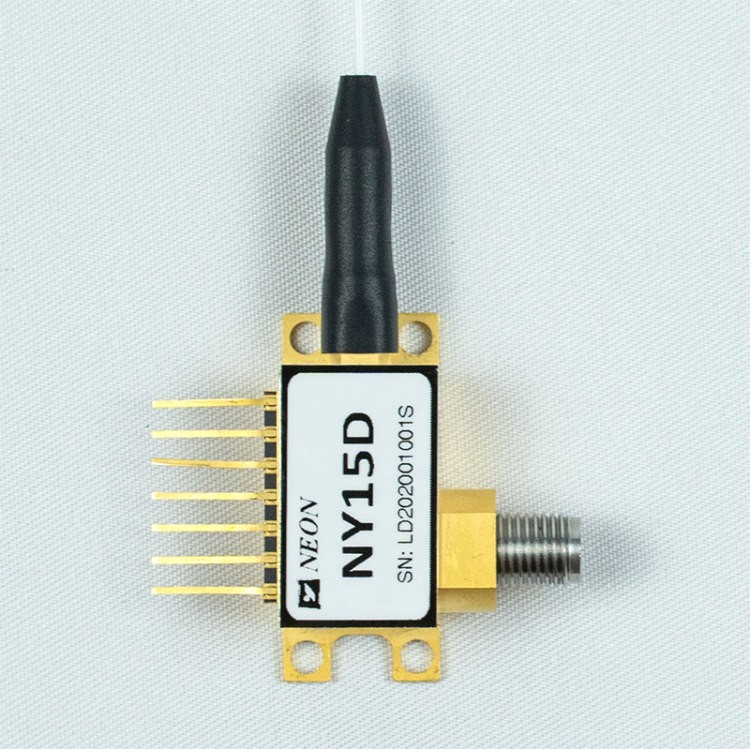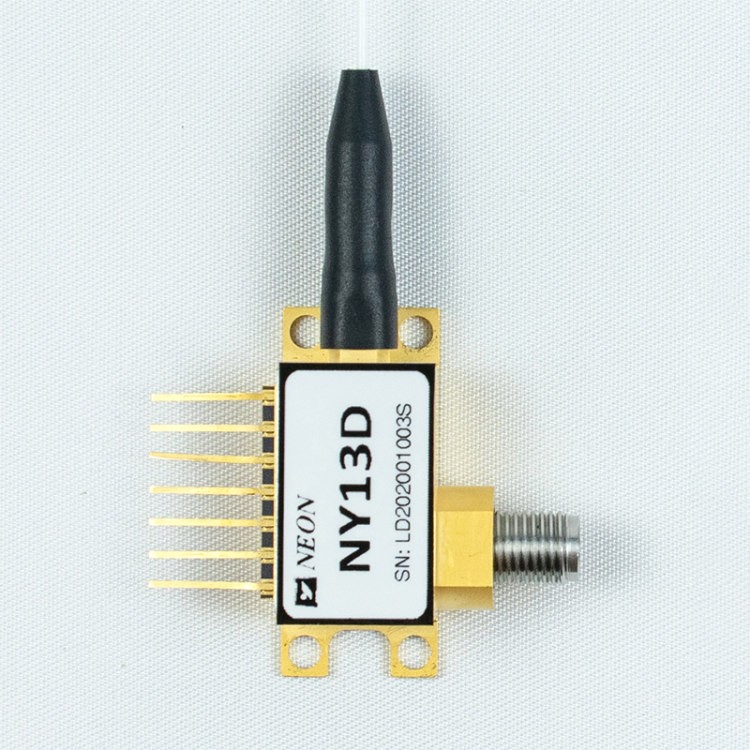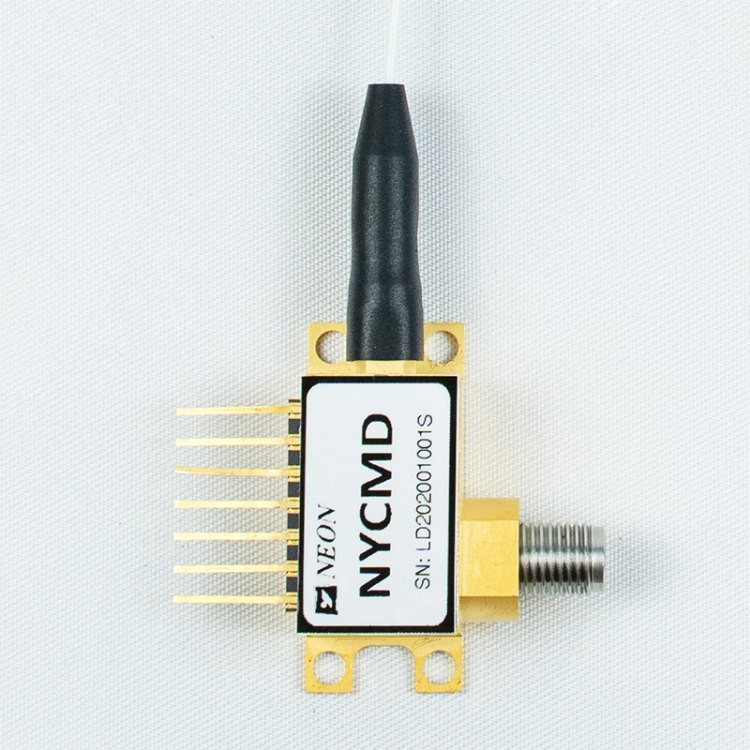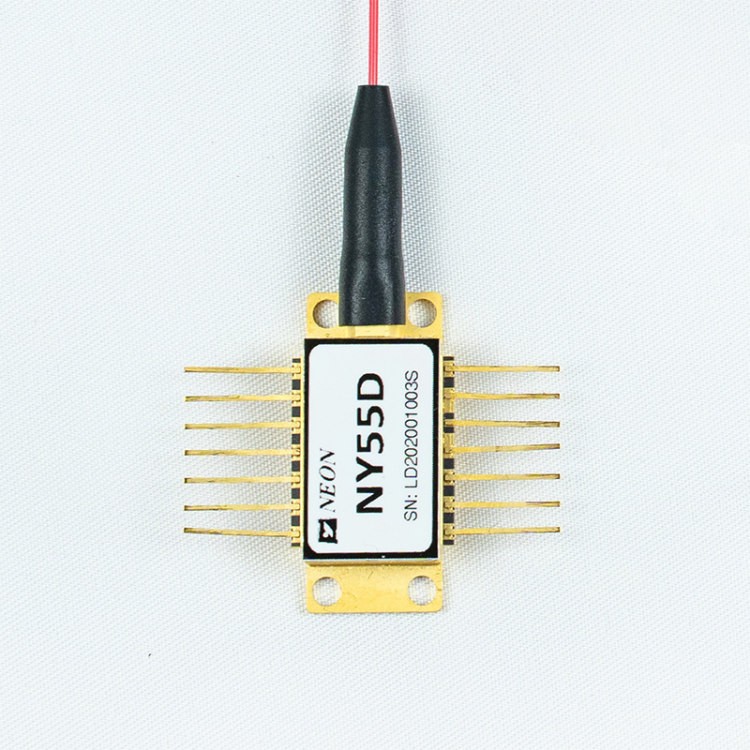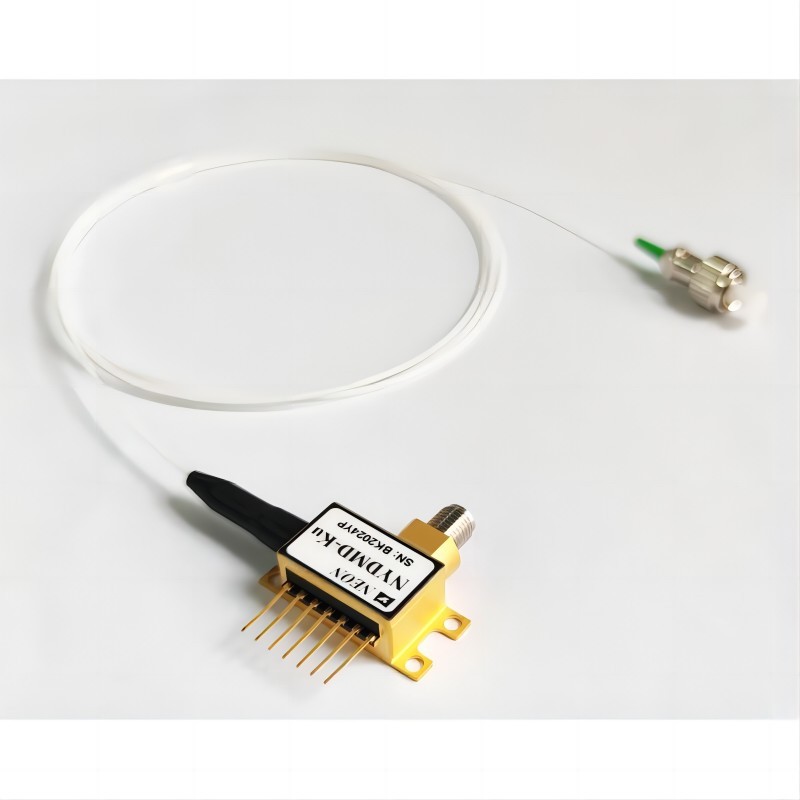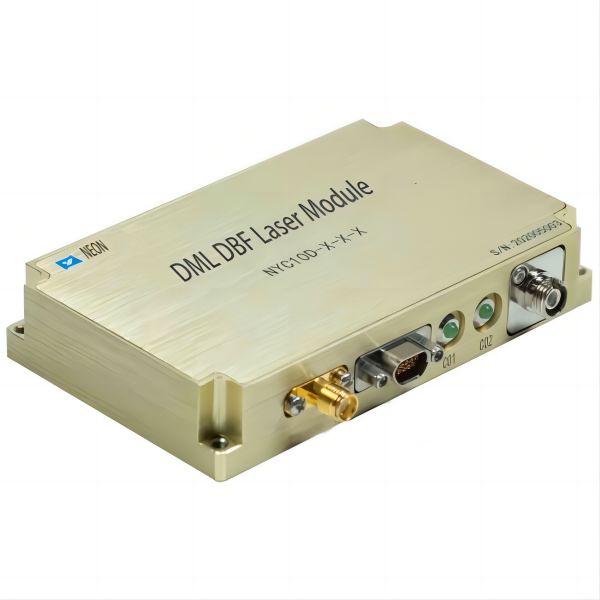When to Use EML or DML Laser?
In the realm of optical communication, semiconductor lasers serve as the heart of data transmission, converting electrical signals into light for efficient and rapid information transfer. Among these lasers, two types stand out for their distinct advantages and applications: the EML laser and the DML laser. This article aims to delve into the nuances of EML and DML lasers, comparing their key characteristics, applications, and suitability for various communication scenarios.
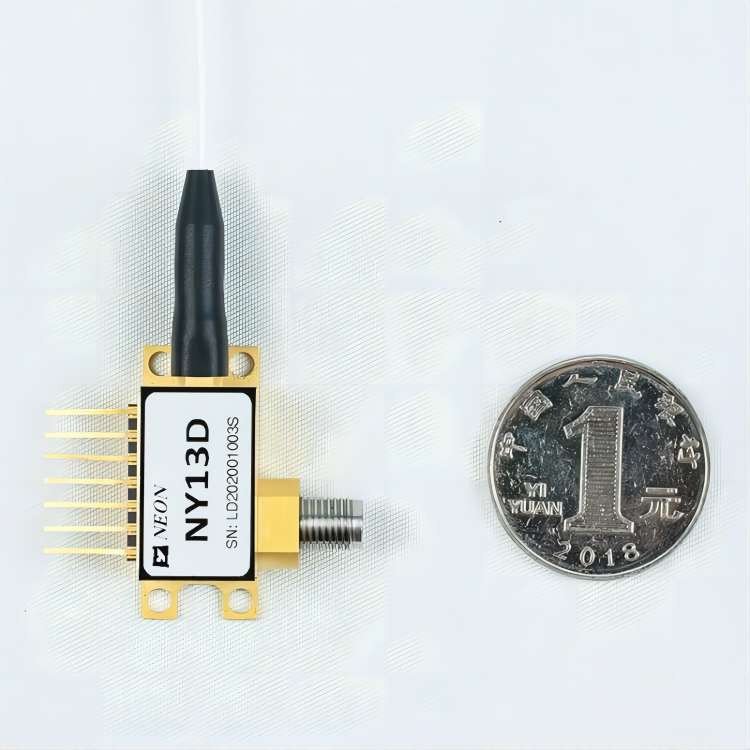
Comparison of EML and DML Lasers
When comparing EML Lasers and DML Lasers, it’s essential to understand the key differences that influence their performance, application, and overall suitability for various optical communication systems. The following table provides a comprehensive overview of the fundamental distinctions between EML and DML lasers:
| Comparison Aspect | EML Lasers (Electro-Absorption Modulated Lasers) | DML Lasers (Directly Modulated Lasers) |
| Modulation Mechanisms | Integrated Electro-Absorption Modulator (EAM) for external modulation, preserving fundamental properties | Direct current modulation, varying current intensity, may cause wavelength and intensity fluctuations |
| Dispersion Characteristics | Low dispersion, suitable for high-speed, long-distance transmission | Higher dispersion, more suited for short-distance systems |
| Wavelength Stability | High stability, even at high data rates due to external modulation | Wavelength drift is possible from current changes, leading to less stable signal transmission |
| Modulation Bandwidth | Wide bandwidth, essential for high-speed optical communication | Narrower bandwidth, adequate for lower-speed data transmission |
| Power Consumption | Higher power consumption due to additional components for external modulation | More power-efficient with a simpler structure |
| Cost | More expensive due to integrated modulators and complexity | More cost-effective with straightforward design, advantageous in large-scale deployments |
| Applications | High-rate, long-distance communication (e.g., metropolitan networks, telecommunication backbone) | Short-distance communication systems, data center interconnects |
It can be concluded from the above summary table that EML lasers have advantages in high-speed and long-distance transmission, especially suitable for telecommunications applications. DML lasers are more appropriate for short-range communication within data centers due to their low cost and power consumption. When choosing a laser, it should be determined whether to use EML or DML based on specific application and system requirements.
Why EML Lasers Outperform DML Lasers on Wavelength Stability
Wavelength stability is a critical parameter in optical communication, particularly in high-speed and long-distance systems. EML lasers offer superior wavelength stability due to their design, which separates the modulation process from the laser’s operation. The integrated EAM modulates the light without altering the laser’s wavelength, resulting in minimal wavelength chirp and a stable output.
In contrast, DML lasers are more prone to wavelength drift. The direct modulation process inherently involves changes in the current supplied to the laser, which can alter the refractive index of the active region and cause shifts in the wavelength. This wavelength chirp can lead to signal distortion and limits the effective transmission distance of DML lasers. For applications where wavelength stability is critical, such as in long-distance or high-speed communication systems, EML lasers are the preferred choice.
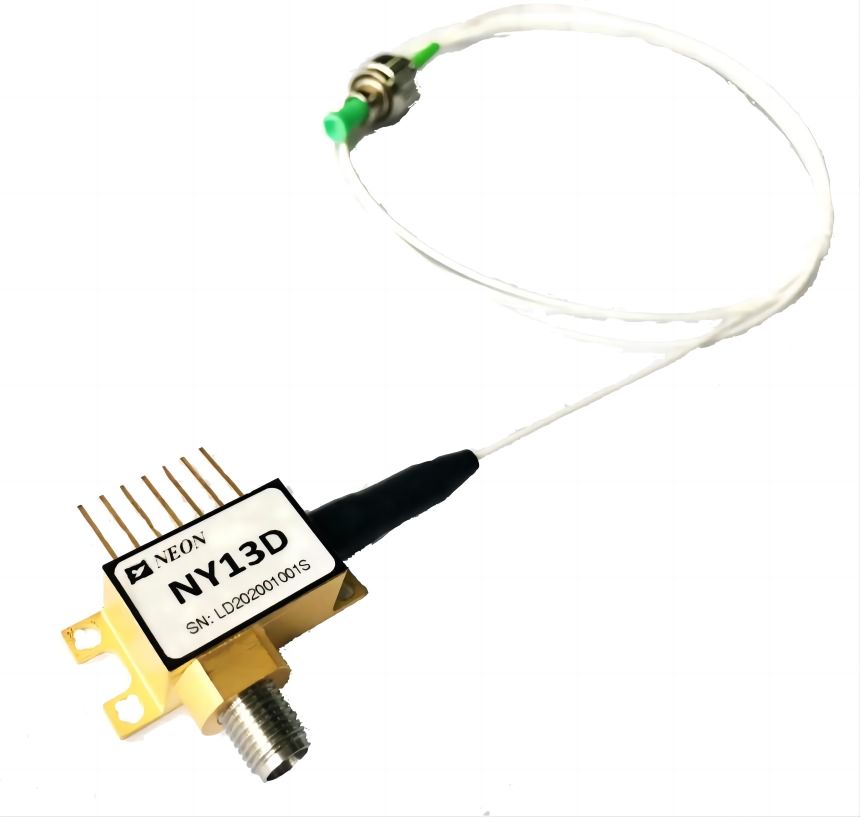
Why is EML Laser Preferred for High-Speed Transmission?
The preference for EML lasers in high-speed transmission systems can be attributed to their low dispersion and wide modulation bandwidth. The external modulation provided by the EAM ensures that the signal remains intact over long distances, with minimal distortion. This makes EMLs ideal for use in high-speed optical communication systems, where data integrity and transmission quality are of utmost importance.
DML lasers, while effective for certain applications, are less suited to high-speed transmission. The direct modulation process can introduce significant dispersion and wavelength chirp, leading to signal degradation over long distances. As a result, DMLs are generally limited to applications where the transmission distances are short, and the data rates are lower.
Why are DML Lasers More Suitable for Short-Distance Communication?
DML lasers excel in short-distance communication scenarios due to their low cost, low power consumption, and simpler design. In environments such as data centers, where the distances between devices are relatively short, DMLs offer an efficient and cost-effective solution. Their narrow spectral linewidth also provides good signal quality in these shorter-range applications, where dispersion is less of a concern.
The simplicity of DMLs makes them easier to integrate into systems where space and budget constraints are significant factors. Additionally, their lower power requirements contribute to reduced operational costs, making them an attractive option for large-scale deployments in data center environments.
Factors Influencing the Choice Between EML and DML
When choosing between EML and DML lasers, several factors must be considered:
- Transmission Speed and Distance Requirements: EMLs are the preferred choice for high-speed, long-distance communication due to their low dispersion and high wavelength stability. DMLs, on the other hand, are more suitable for short-distance, lower-speed applications.
- Cost and Size Considerations: DMLs offer a cost advantage due to their simpler design and lower manufacturing costs. For applications where budget is a primary concern, DMLs may be the better option. However, EMLs, despite their higher cost, are justified in scenarios where their superior performance is necessary.
- Application-Specific Scenarios: The choice between EML and DML lasers should be guided by the specific requirements of the application. For example, in data centers, where cost and power efficiency are critical, DMLs are often the preferred option. In contrast, telecom networks that require high data rates and long transmission distances would benefit more from the use of EML lasers.
- Technological Advancements: Ongoing developments in laser technology may influence the future balance between EML and DML lasers. Innovations that enhance the performance of DMLs, such as increasing their modulation bandwidth, could expand their applicability to higher-speed communication systems.
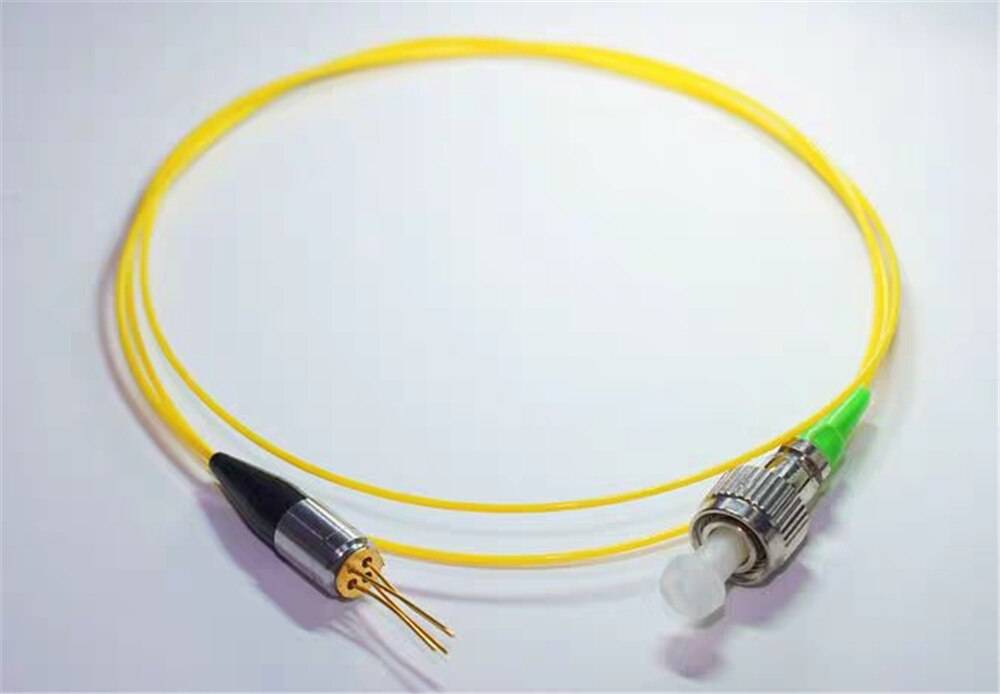
In conclusion, both EML and DML lasers have their strengths and weaknesses, and the choice between them depends on the specific requirements of the application. EML lasers offer superior performance in high-speed, long-distance communication systems, thanks to their low dispersion and stable wavelength output. However, they are more expensive and consume more power. DML lasers, on the other hand, are more cost-effective and energy-efficient, making them ideal for short-distance communication in environments like data centers. As technology continues to advance, the gap between these two laser types may narrow, but for now, they each have their place in modern optical communication systems.


